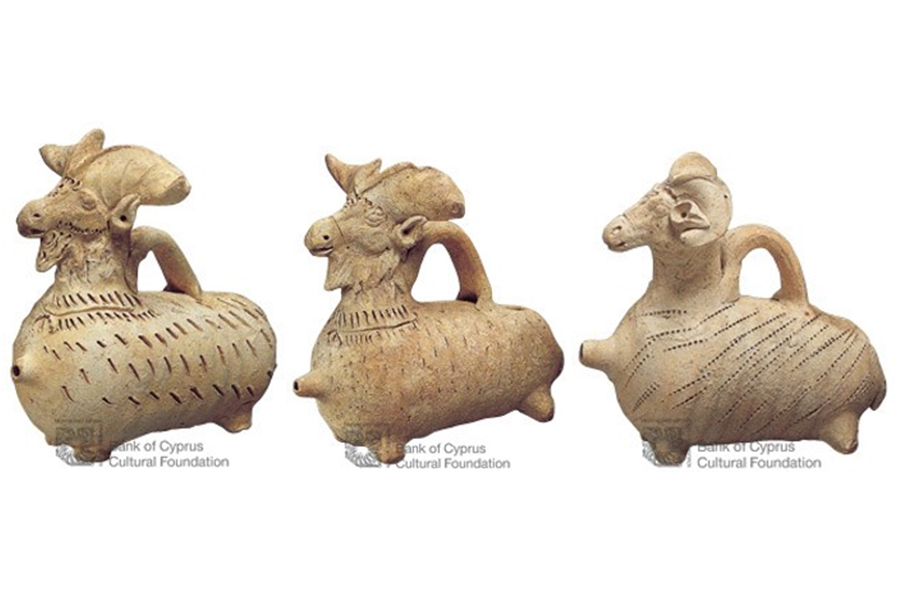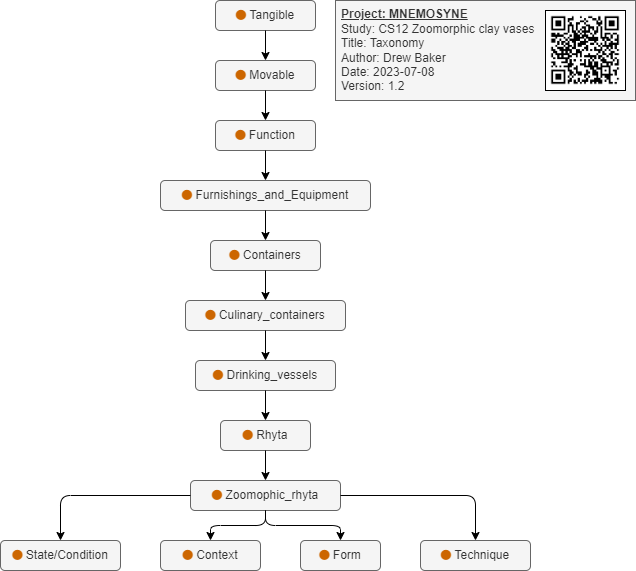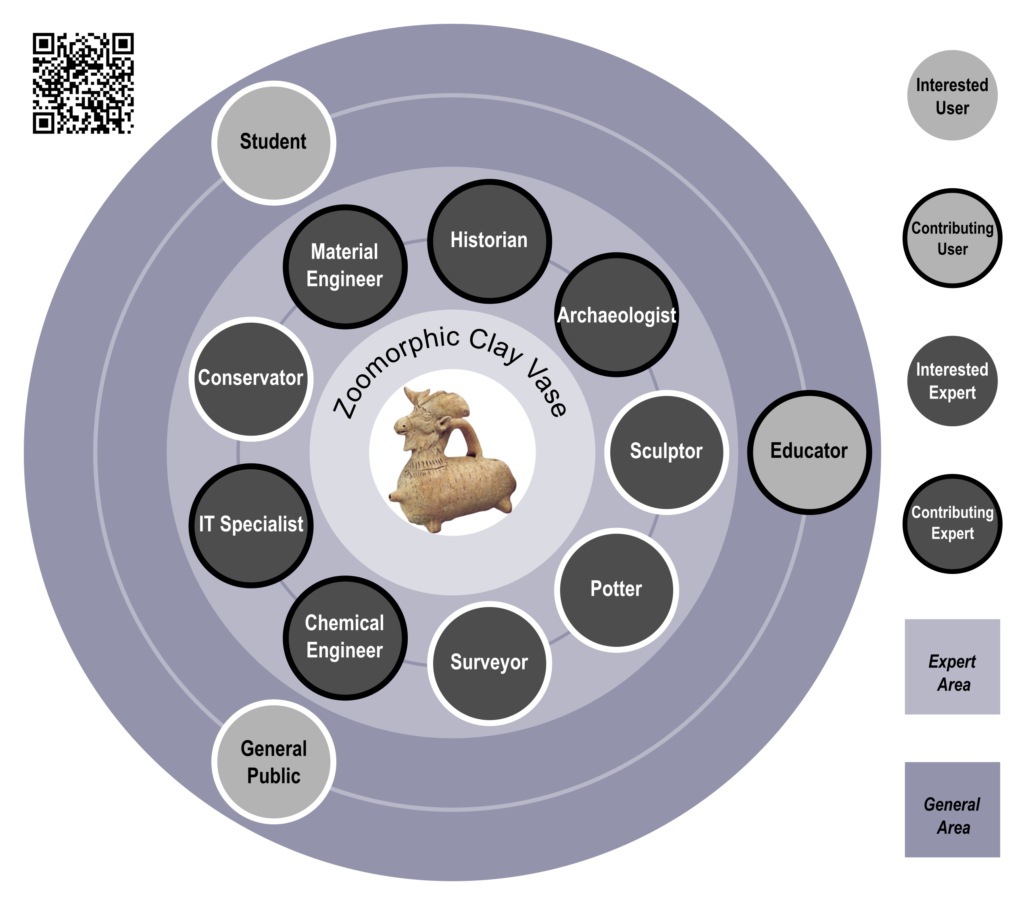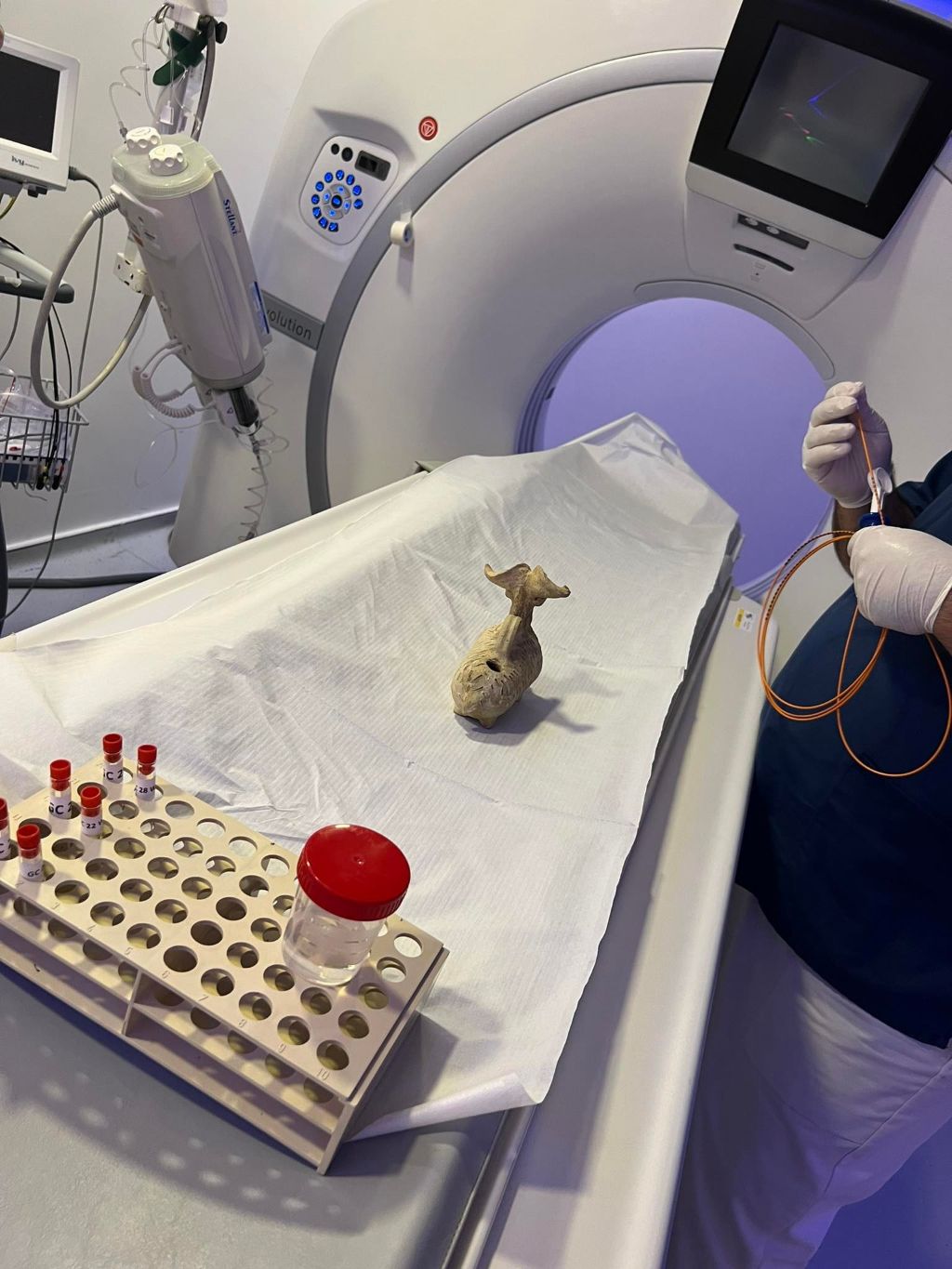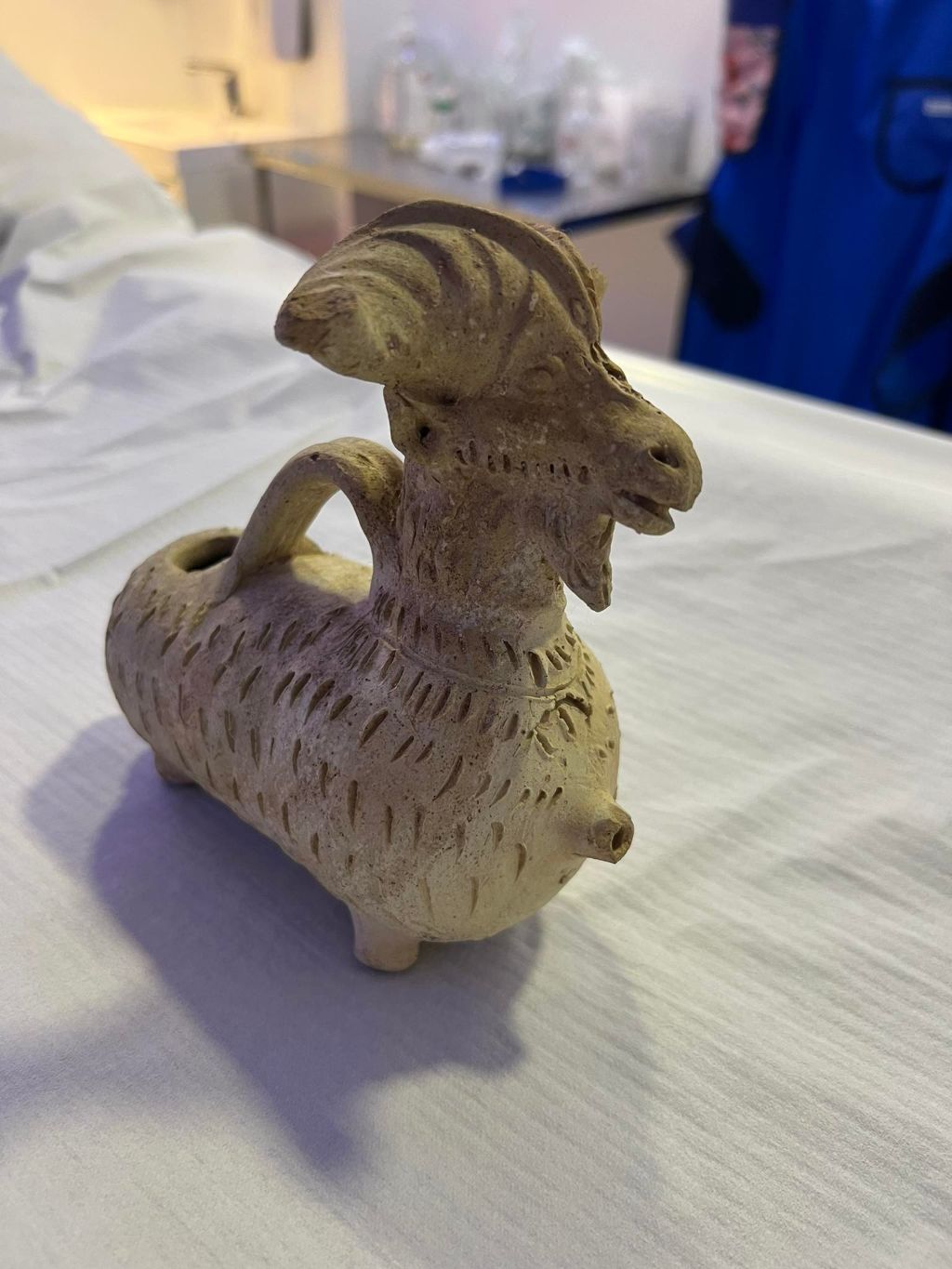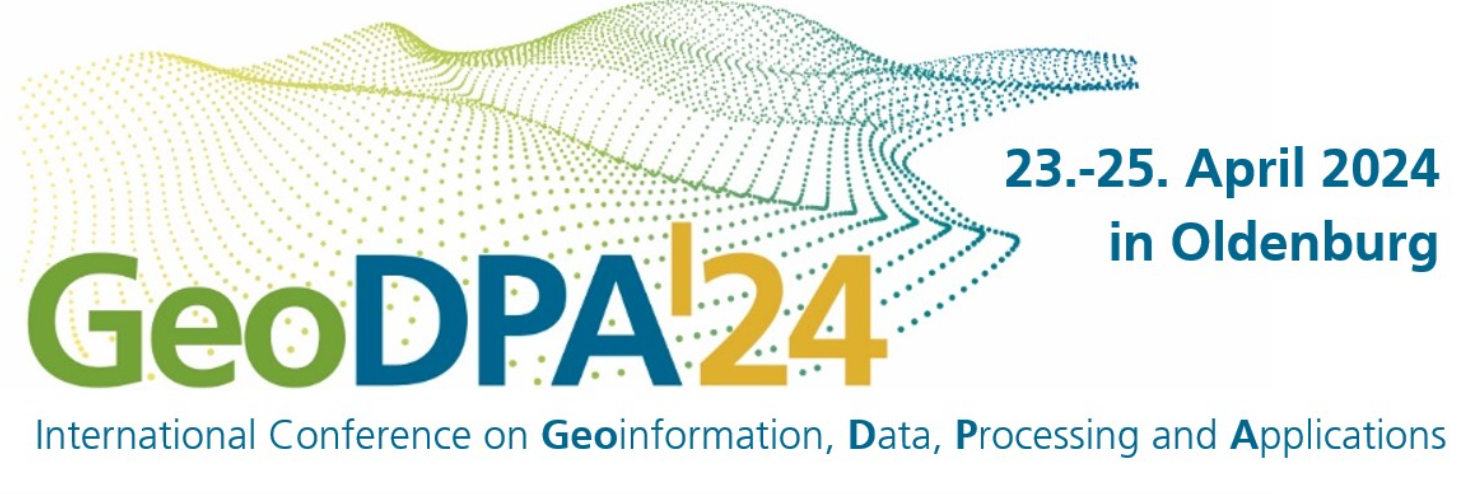1. Introduction
The plain ware rhyta in the form of a he-goat dating to the Hellenistic period (310-30 B.C) belong to the Bank of Cyprus Cultural Foundation. The three zoomorphic rhyta are displayed in Figure below. They are characterized by a moulded solid head with twisted horns and “beard”. They have well-modelled ears, eyes and muzzle; punctures on forehead. The wheel-made cylindrical body is supported on four short legs; short tail. Basket handle at the back of the neck. On the breast there is a short narrow spout; filling-hole at the back of the base of handle. Linear incisions, made before firing, are present over the entire surface of the body.
The three plain ware rhyta resemble one another strikingly, which suggests that were made in the same workshop. Their fabric and style of decoration recall the animal shaped Cypriote rattles of the same period.
In this work, non-invasive analytical techniques for the study of three ceramic zoomorphic rhyta were employed, belonging to the museum of George and Nefeli Giabra Pierides located at the Bank of Cyprus Cultural Foundation in Nicosia, Cyprus. The Hellenistic pottery that has been found proves that Cyprus has an important tradition in ceramics, along with the large quantities of imported pottery that it receives from all over the Mediterranean. The three animal-shaped rhyta of simple goat form, which are prominently exhibited in the museum of the George and Nefeli Tziapra Pierides collection, are also part of this context. The animals are rendered with pragmatic features, especially their heads. Archaeologists suggested that the three plain ware rhyta have been used as ‘feeding bottles. The heads of goats are compact, have twisted horns and two of them have beards. They have elegantly constructed ears, eyes, and muzzle. They have spots on the forehead. The body is cylindrical and wheeled and rests on four short legs. The animals have a short tail and a reed-shaped handle at the back of the neck. The sternum has a short and narrow forechest. There is a filling hole at the back of the handle. These three rhyta come from the same pottery workshop and probably from the same craftsman. The preservation of tangible cultural heritage and its intangible information requires a holistic documentation approach. The development of such approaches requires a collaborative and multidisciplinary research, including the three-dimensional documentation of cultural heritage assets (data acquisition, data processing and modelling), the materials analysis of the artefacts, the knowledge management, and the use and re-use of the acquired information Cultural assets of historical value need to be holistically documented to ensure long-term preservation, to define authenticity, to prevent or identify illicit trafficking and to assist cultural heritage storytelling via new technologies, e.g., augmented reality (AR) and virtual reality (VR) applications.
3. Estimation of Complexity & Quality
The following radial charts are base on the based on the EU 3D Study/VIGIE 2020/654
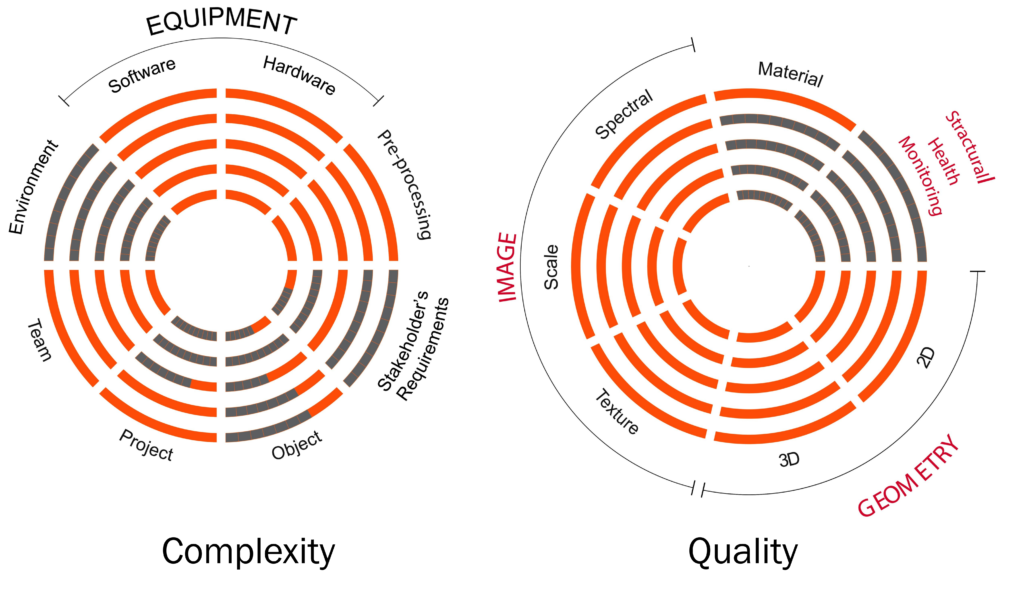
4. Taxonomy
This is a top-level view, clicking on the image will open up the full taxonomy in a new window
6. Research Outputs
Data Acquisition (2D/3D Scanning)
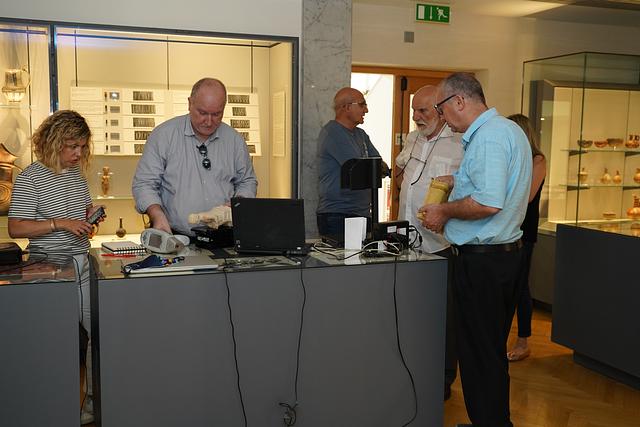

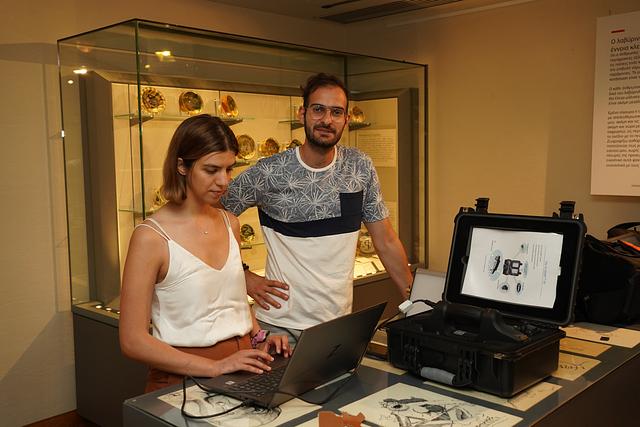
Modelling



3D Fabrication – Modelling
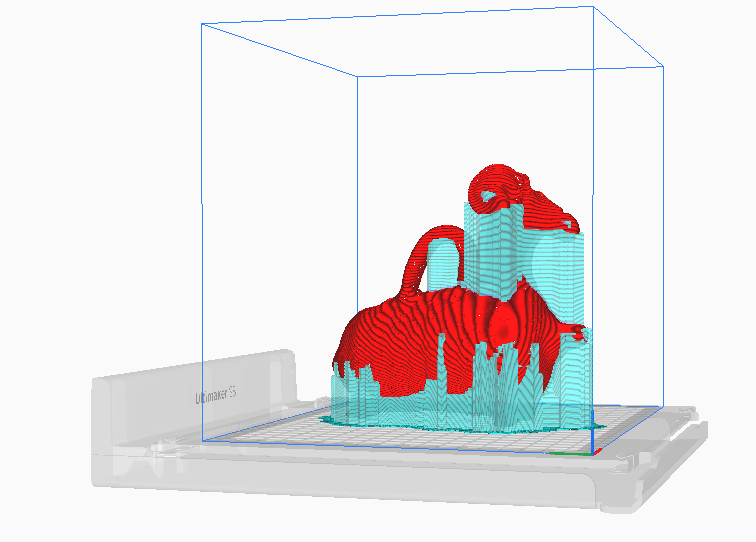
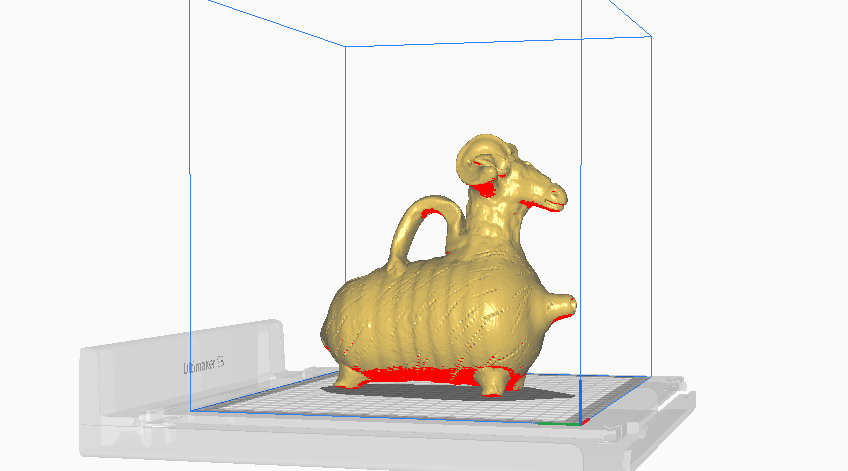
3D Fabrication

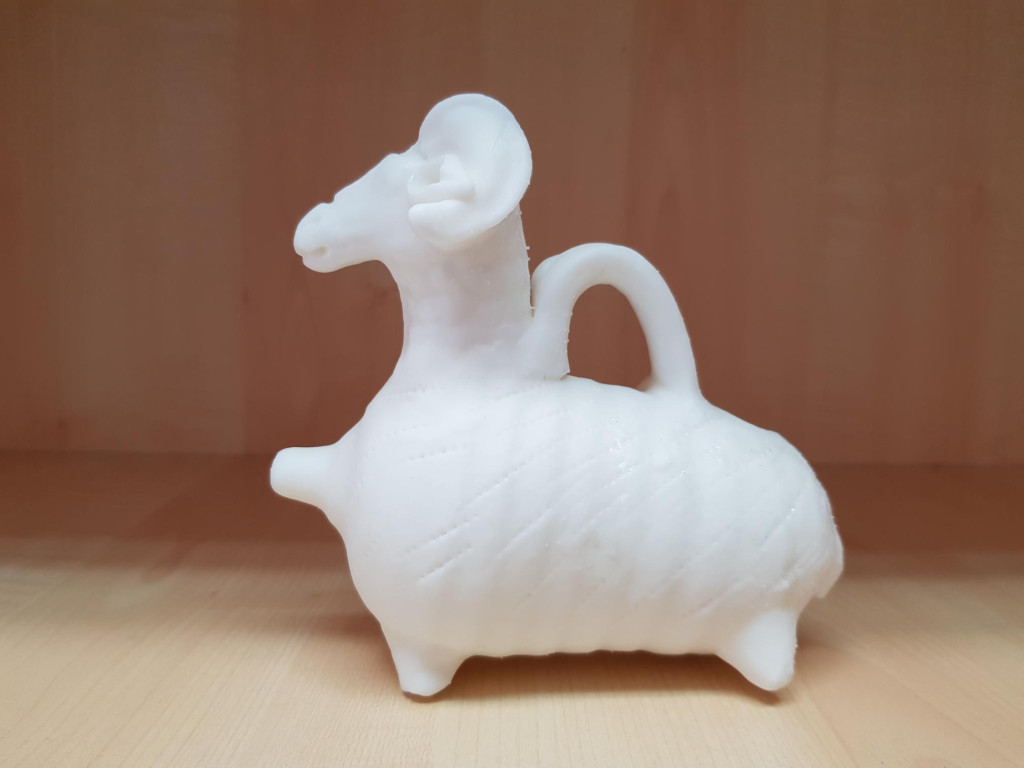
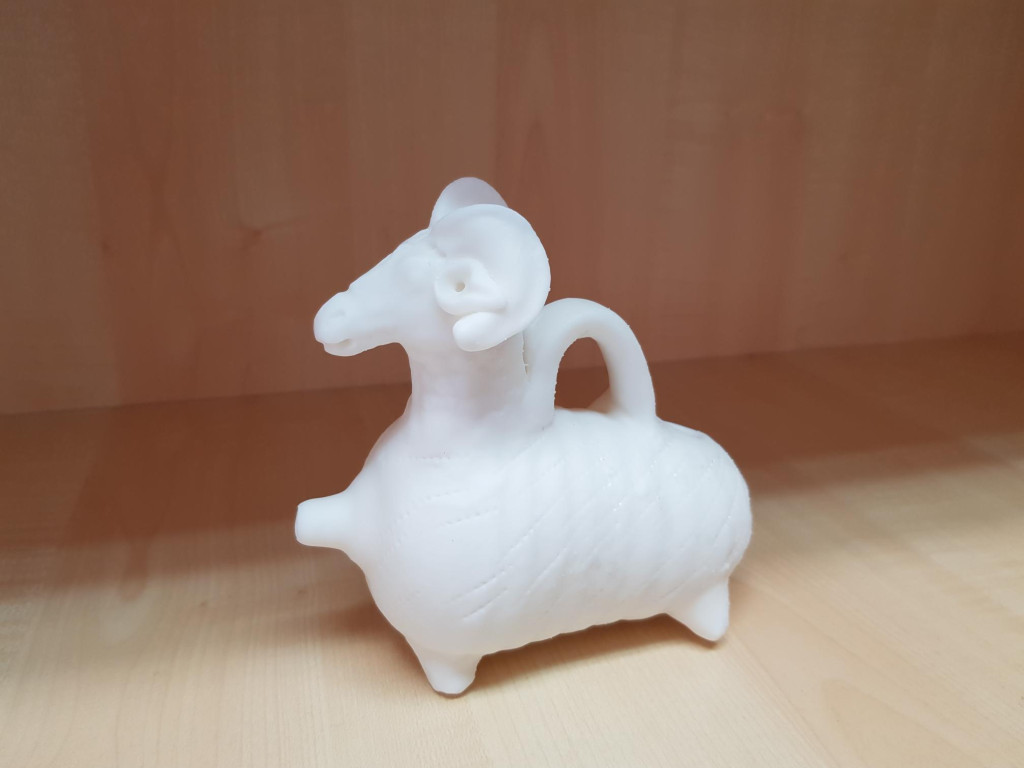

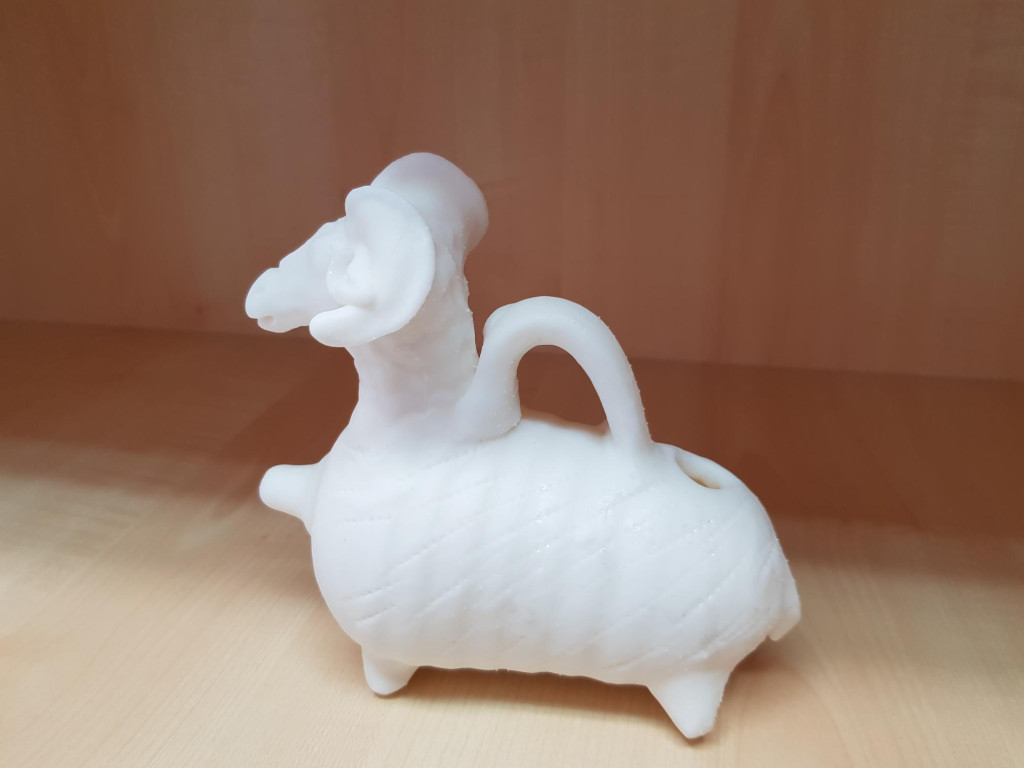
Computer Tomography and Chemical Analysis.
Analysis made possible with the kind support of the Radiology Department of YGIA Polyclinic Private Hospital and the University of West Attica.
CT Scan

7. Bibliography
- Aloupi, E., Karydas, A. G., & Paradellis, T. (2000). Pigment Analysis of Wall Paintings and Ceramics from Greece and Cyprus. The Optimum Use of X-Ray Spectrometry on Specific Archaeological Issues. 29, 18–24.
- Bertrand, L., Robinet, L., Thoury, M., Janssens, K., Cohen, S. X., & Schöder, S. (2012). Cultural heritage and archaeology materials studied by synchrotron spectroscopy and imaging. Applied Physics A: Materials Science and Processing, 106(2), 377– https://doi.org/10.1007/s00339-011-6686-4
- Bonaduce, I., Ribechini, E., Modugno, F., & Colombini, M. P. (2017). Analytical Approaches Based on Gas Chromatography Mass Spectrometry (GC/MS) to Study Organic Materials in Artworks and Archaeological Objects (pp. 291–327). Springer, Cham. https://doi.org/10.1007/978-3-319-52804-5_9
- Bouzakis, K. D., Pantermalis, D., Efstathiou, K., Varitis, E., Paradisiadis, G., & Mavroudis, I. (2011). An Investigation of Ceramic Forming Method Using Reverse Engineering Techniques: The Case of Oinochoai from Dion, Macedonia, Greece. Journal of Archaeological Method and Theory, 18(2), 111–124. https://doi.org/10.1007/s10816-010-9081-0
- Caggiani, M. C., Cosentino, A., & Mangone, A. (2016). Pigments Checker version 3.0, a handy set for conservation scientists: A free online Raman spectra database. Microchemical Journal, 129, 123–132. https://doi.org/10.1016/j.microc.2016.06.020
- Cartechini, L., Palmieri, M., Vagnini, M., & Pitzurra, L. (2017). Immunochemical Methods Applied to Art-Historical Materials: Identification and Localization of Proteins by ELISA and IFM (pp. 241–261). Springer, Cham. https://doi.org/10.1007/978-3-319-52804-5_7
- Casadio, F., Daher, C., & Bellot-Gurlet, L. (2017). Raman Spectroscopy of cultural heritage Materials: Overview of Applications and New Frontiers in Instrumentation, Sampling Modalities, and Data rocessing (pp. 161–211). Springer, Cham. https://doi.org/10.1007/978-3-319-52804-5_5
- Christopoulou, E., Ganetsos, T., & Laskaris, N. (2021). Non-Destructive XRF and Raman Spectroscopy Analysis in Pigment Identification of a Wall Painting of the Painter Nikiforos Lytras from the Chapel of Agios Georgios, Haidari, Athens. Archaeology, 9(1), 7–13.
- Daniilia, S., Minopoulou, E., Demosthenous, F. D., & Karagiannis, G. (2008). A comparative study of wall paintings at the Cypriot monastery of Christ Antiphonitis: one artist or two? Journal of Archaeological Science, 35(6), 1695–1707. https://doi.org/10.1016/j.jas.2007.11.011
- Degano, I., & la Nasa, J. (2017). Trends in High Performance Liquid Chromatography for Cultural Heritage (pp. 263–290). Springer, Cham. https://doi.org/10.1007/978-3-319-52804-5_8
- Ganetsos, T., Christ, E., Christopoulou, E., Laskaris, N., & Ganetsos, T. (2020). Pigment identification of two post-byzantine icons of Theodoros Poulakis by PXRF and Raman Spectroscopy: Case study. CHRISTOPOULOU et al SCIENTIFIC CULTURE, 6(2), 65–72. https://doi.org/10.5281/zenodo.3785044
- Gasanova, S., Pagès-Camagna, S., Andrioti, M., & Hermon, S. (2018). Non-destructive in situ analysis of polychromy on ancient Cypriot sculptures. Archaeological and Anthropological Sciences, 10(1), 83–95. https://doi.org/10.1007/s12520-016-0340-1
- Gonzalez, V., Cotte, M., Vanmeert, F., Nolf, W., & Janssens, K. (2020). X‐ray Diffraction Mapping for Cultural Heritage Science: a Review of Experimental Configurations and Applications. Chemistry – A European Journal, 26(8), 1703–1719. https://doi.org/10.1002/chem.201903284 H2020 ERA chair. (n.d.). Retrieved August 10, 2022, from http://erachairdch.com/about/
- Hajdas, I., Ascough, P., Garnett, M. H., Fallon, S. J., Pearson, C. L., Quarta, G., Spalding, K. L., Yamaguchi, H., & Yoneda, M. (2021). Radiocarbon dating. In Nature Reviews Methods Primers (Vol. 1, Issue 1, pp. 1–26). Springer Nature. https://doi.org/10.1038/s43586-021-00058-7
- Ioannides, M., & Davies, R. (2019). Towards a Holistic Documentation and Wider Use of Digital Cultural Heritage. Communications in Computer and Information Science, 846, 76–88. https://doi.org/10.1007/978-3-030-14401-2_7
- Janssens, K., Vittiglio, G., Deraedt, I., Aerts, A., Vekemans, B., Vincze, L., Wei, F., de Ryck, I., Schalm, O., Adams, F., Rindby, A., Knochel, A., Simionovici, A., & Snigirev, A. (2000). Use of microscopic XRF for non-destructive analysis in art and archaeometry. X-Ray Spectrometry, 29(1), 73–91. https://doi.org/10.1002/(SICI)1097-4539(200001/02)29:1<73::AIDXRS416>3.0.CO;2-M
- Karageorghis, Vassos., & Boardman, J. (2002). Ancient art from Cyprus : in the collection of George and Nefeli Giabra Pierides. Kapon Editions.

